Aosta is picturesquely situated thanks to the majestic Alps stretching all around. It is here that the beauty of nature, history and culture come together into one whole. The city boasts an impressive Roman theatre from the 1st century BC, still used for performances. Also a must-see is the Arch of Augustus, a symbol of Aosta’s Roman history.
The Roman remains are often photographed by tourists, as is the medieval old town, whose main landmark is the beautiful Cathedral of Santa Maria Assunta, a proud example of Romanesque architecture. In addition, you can find shops, cafes and restaurants serving local delicacies and mountain dishes.
The surrounding mountains provide a great backdrop for hiking, mountain biking and skiing in winter. In Gran Paradiso National Park, nature lovers will find diverse flora and fauna and wonderful Alpine landscapes.

The best ski resorts in the region are Courmayeur and Cervinia. With their high-class ski slopes, they attract skiing and snowboarding enthusiasts from all over the world. The city is also famous for its vibrant cultural scene, hosting numerous festivals and events throughout the year.
Location
Aosta is a town situated in Aosta Valley in north western Italy, about 70 miles north of Torino. The area is bordering with France.
Pila
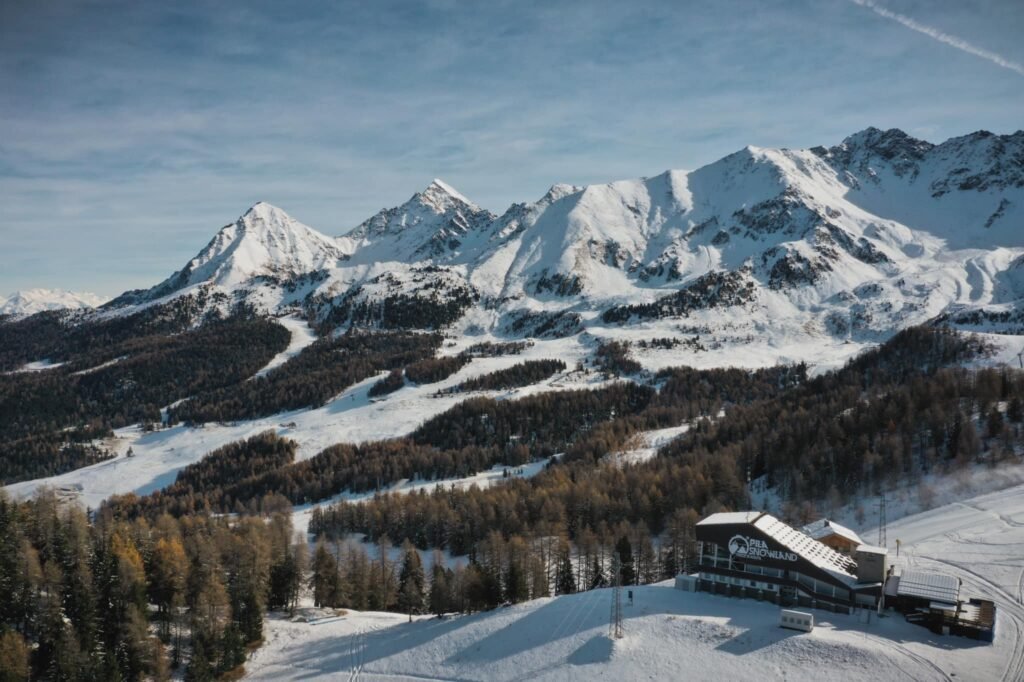

Pila is located above the Roman town of Aosta. With a big vertical high, superb snow-making and slopes up to 2700m, it’s one of the most snowsure destinations in the Alps. Those who love skiing in the trees will love the wooden runs here, while higher up there are fantastic open areas.
For skiing and snowboarding, there are 70 km of slopes available. 12 lifts transport the guests. The winter sports area is situated between the elevations of 1,540 and 2,740 m.
Lago d’ Arpy
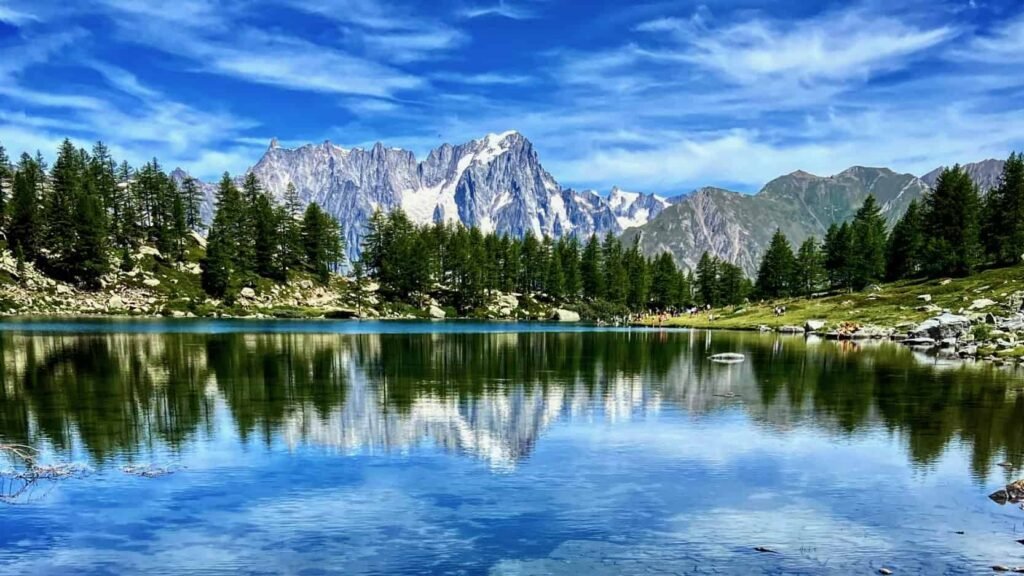
The Aosta Valley hides paradise corners that can enchant tourists, and Lake Arpy is undoubtedly one of them. You can get to Lake Arpy in the same way as to the viewing terrace, from which there is a beautiful view of Mont Blanc. The lake is located in the town of Morgex, on the San Carlo pass, which connects Morgex and La Thuile.
Forte di Bard
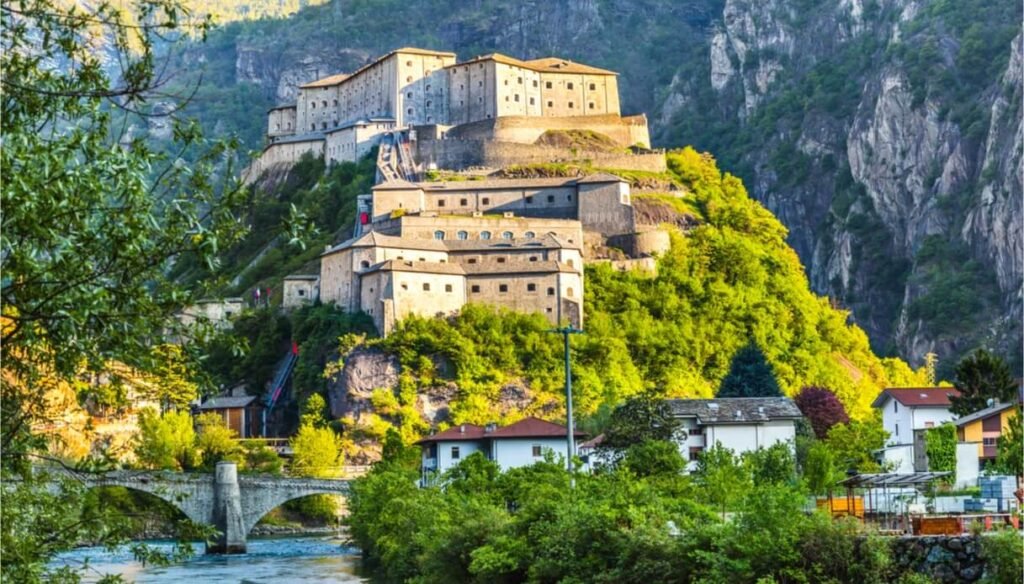
The Forte di Bard is an imposing fortress located less than 50 km from Biella. It has witnessed crucial events over the centuries, from medieval battles to the Napoleonic wars. Today it welcomes visitors with permanent museum sections and hosts exhibitions, concerts and cultural events. The permanent museums are: the Museum of the Alps and the Alpi dei Ragazzi, the Museum of Fortifications and Borders, the Prisons.
Roman Theatre
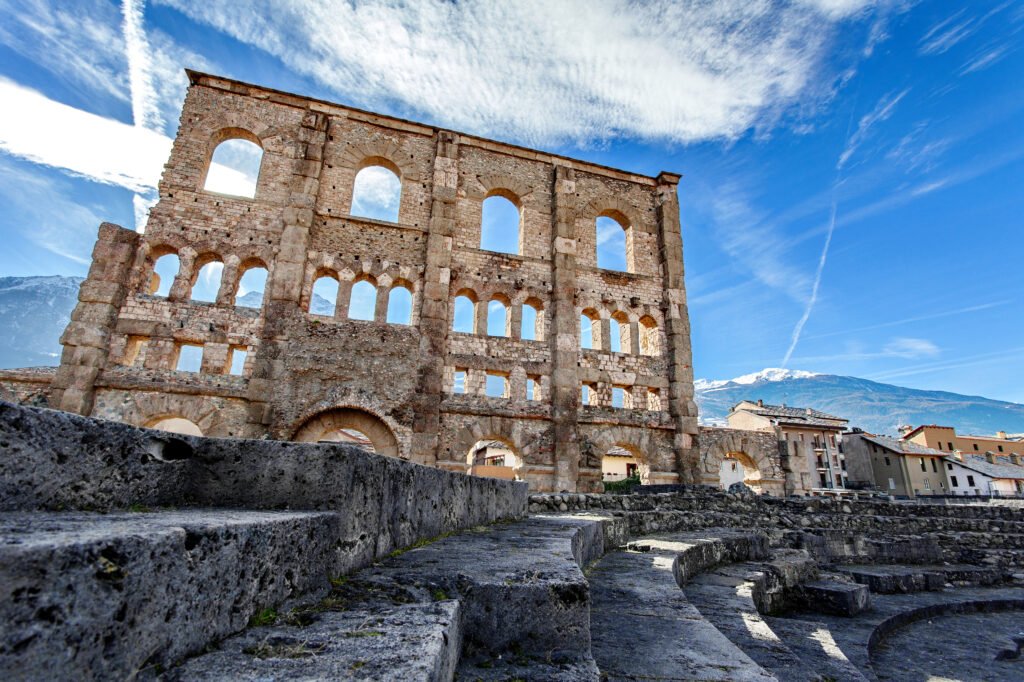
The Roman Theater of Aosta is one of the oldest and most impressive monuments in the Aosta Valley. It was built in the first century AD, shortly after the founding of the Roman city of Augusta Praetoria, and could seat up to 4,000 spectators. Its façade, 22 meters high, is still well preserved.
The theater was probably covered by a wooden structure, making it suitable for theatrical and musical performances. The orchestra had a radius of 10 meters, and the stage wall was decorated with Corinthian columns, statues, and marble.
Arco di Augusto
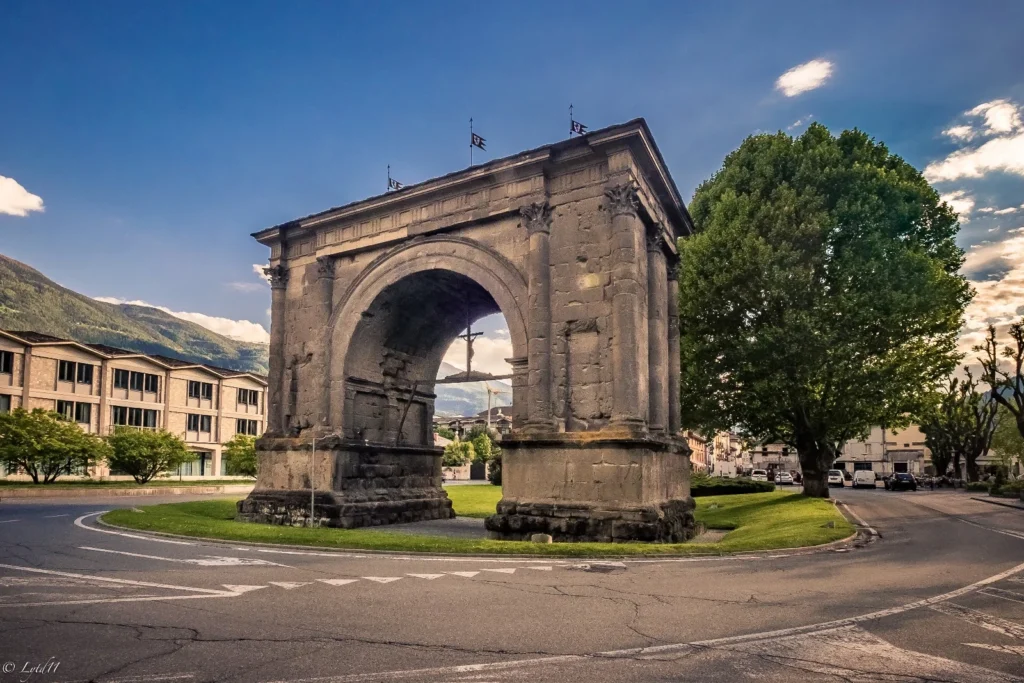
Together with the Roman theatre, the Arch of Augustus is the symbol of the city of Aosta. The monument was erected in honour of the emperor himself after his victory over the native population, the Salassi, in 25 BC, the same year in which Augusta Prætoria was founded. The arch, as was the tradition for these monuments, was placed at the entrance to the Roman city to amaze anyone arriving from the road to Gaul.
Porta Pretoria

The Porta Pretoria is the eastern gate of access to the city of Aosta (Auguta Praetoria Salassorum so called, in Roman times, in honor of the emperor Augustus). The gate, built in 25 BC, is formed by two series of arches – a large central one and two smaller lateral ones – which enclose a parade ground measuring 19.20 X 11.85 meters.
During the second half of the 1st century AD, the monument was embellished, on the outside, by laying the gray-green Bardiglio marble from the Aymavilles quarries and the white Carrara marble still visible at the eastern keystone of the central arch.
Criptoportico Forense
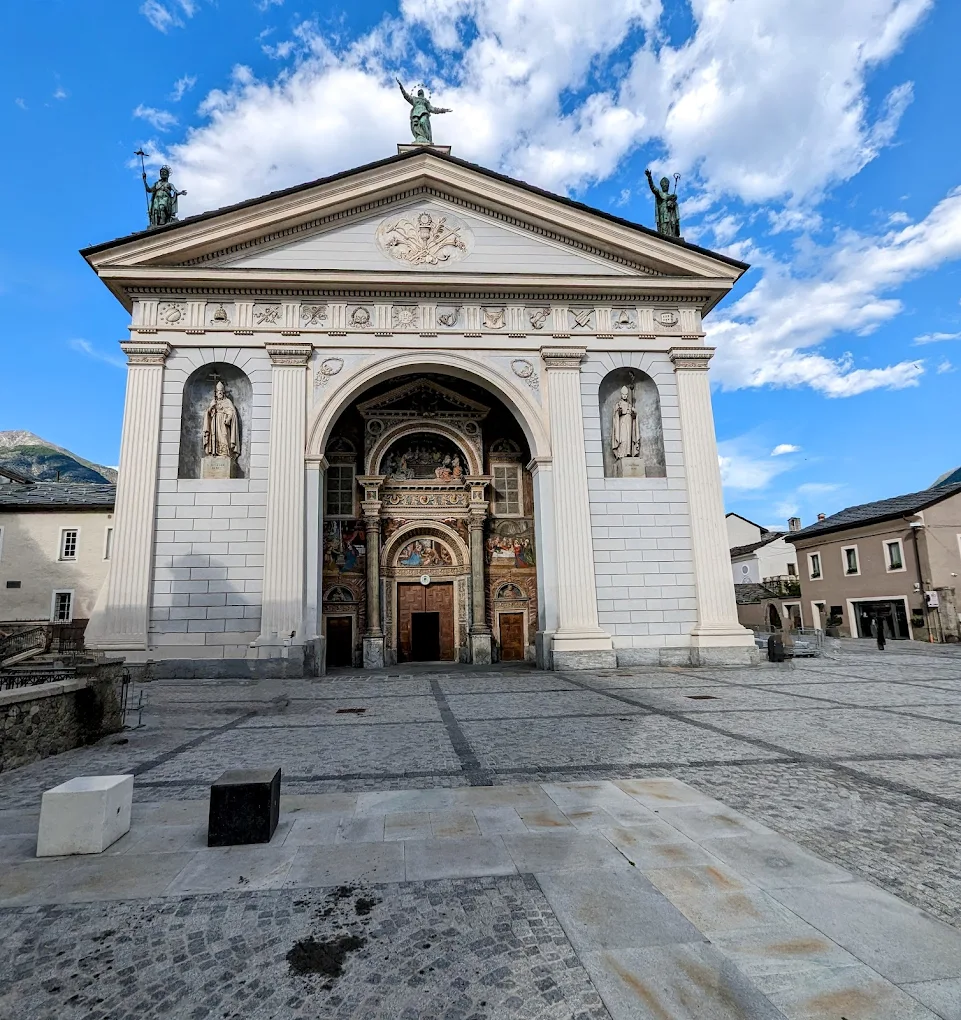

Criptoportico Forense is a Roman archaeological site and monument and a set of underground tunnels dating back to the Augustus period, covering a rectangular area of 89 * 73 meters and enjoying columns, vaults and large arches, and is also visited by many locals and foreign tourists, and this archaeological landmark has been included in the UNESCO World Heritage list in 2020 AD.
Area megalitica – MEGAMUSEO
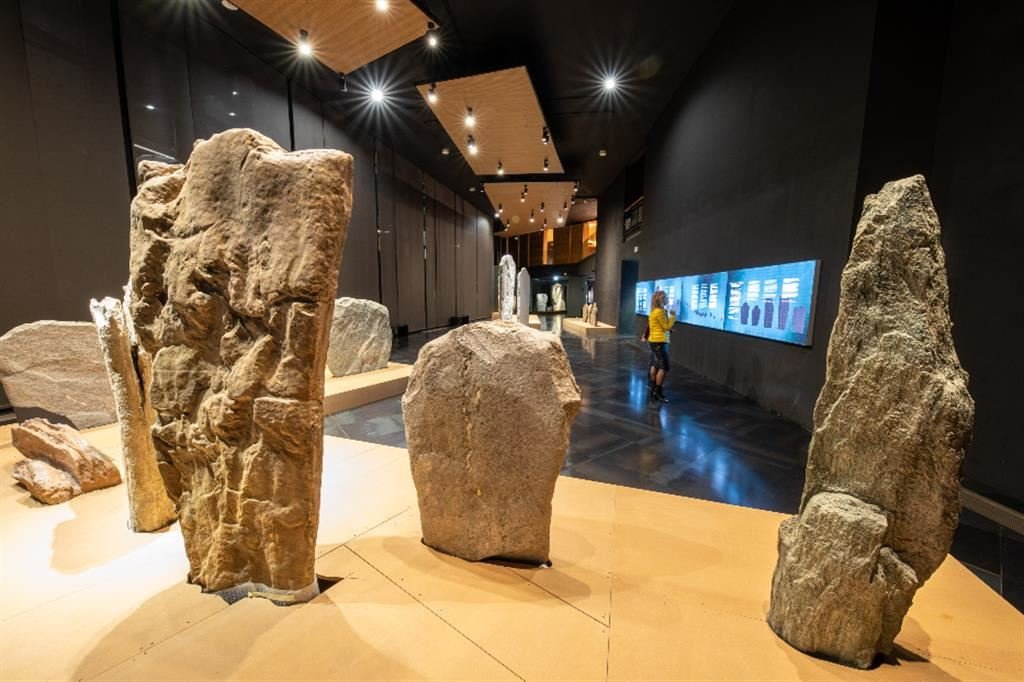
In fact, the largest covered Megalithic Area in Europe is located here: a special place where the site becomes a museum and the museum becomes a site in a continuous visual dialogue that accompanies the visitor.
A precious treasure chest of archaeological evidence that, from the late Neolithic to today, has given the city of Aosta a legacy of over 6,000 years of history. A place to encounter myth and feel like the Argonauts of the future.
Museo Archeologico Regionale

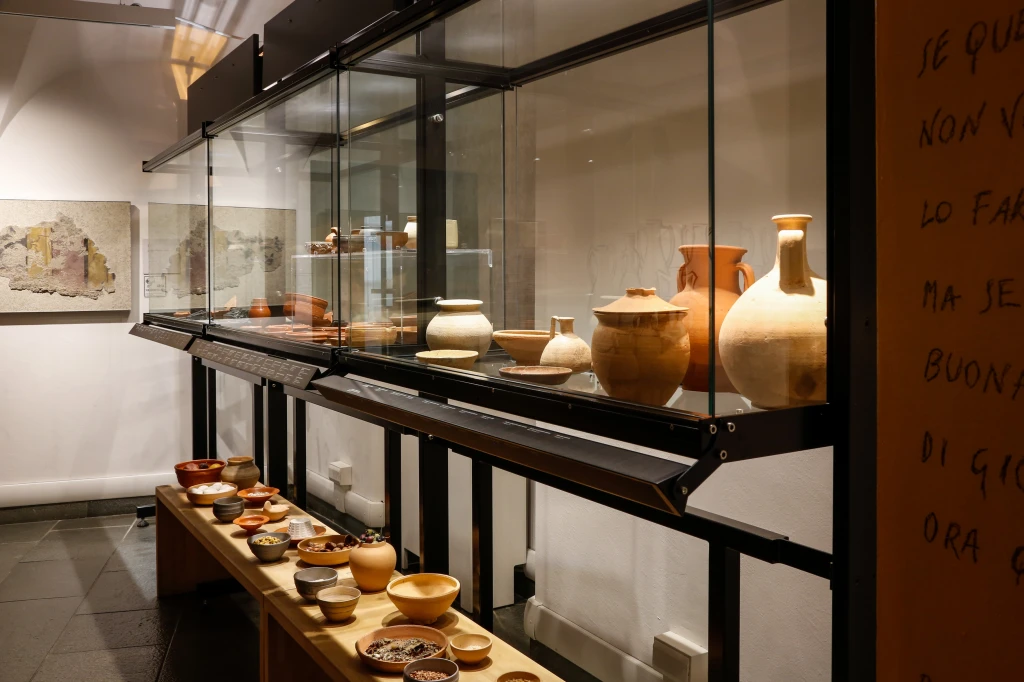
The MAR – Regional Archaeological Museum, located on the visitable remains of the northern gate of the Roman city in the direction of the Gran San Bernardo, offers visitors a route that highlights the archaeological evidence of Aosta and the region, from the Mesolithic (VIII millennium BC) to the Late Middle Ages, with particular emphasis on the Romanization phase, illustrated by important finds relating to daily life.
A large scale model also allows visitors to observe Augusta Prætoria in the 1st-2nd century AD from an aerial perspective. The museum is equipped with interactive equipment, reconstructive scenography and a route specifically dedicated to the blind.
